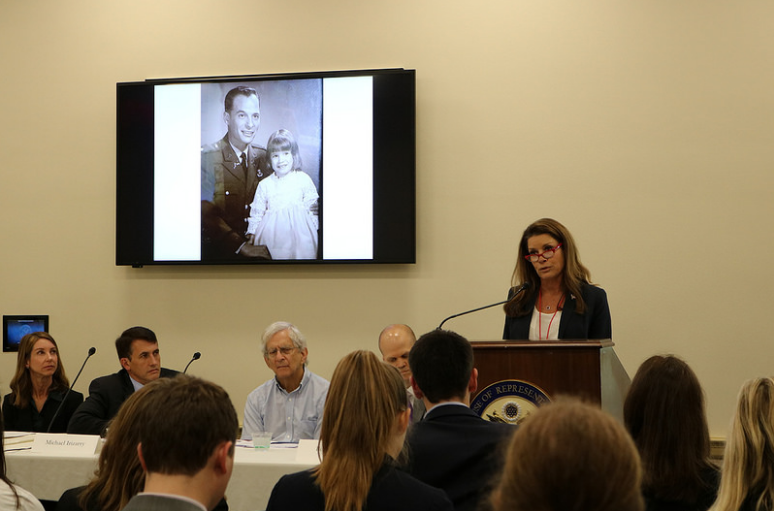The Opportunities and Challenges of Translating Alzheimer’s Disease Research Discoveries into Practice
 Of the top 10 causes of death in the U.S., Alzheimer’s disease is the only condition without a cure, treatment or means of prevention. More than five million Americans live with Alzheimer’s today, and the number is expected to triple by 2050. On October 5, Research!America hosted a Capitol Hill briefing where experts in Alzheimer’s disease discussed the challenges and opportunities of translating laboratory discoveries into clinical practice.
Of the top 10 causes of death in the U.S., Alzheimer’s disease is the only condition without a cure, treatment or means of prevention. More than five million Americans live with Alzheimer’s today, and the number is expected to triple by 2050. On October 5, Research!America hosted a Capitol Hill briefing where experts in Alzheimer’s disease discussed the challenges and opportunities of translating laboratory discoveries into clinical practice.
Though this illness imposes a tremendous societal and economic burden on millions of Americans nationwide, Shawn Taylor, founder and president of VeteransAgainstAlzheimers and a member of a military family, highlighted Alzheimer’s devastating personal toll. Pointing to family photos depicting her father, mother and two grandparents– all of whom suffered from Alzheimer’s, Taylor stressed, “These are real people.”
Greater investments in medical research is essential to the ongoing search for a treatment and possible cure. Richard Hodes, M.D., director of the National Institute on Aging (NIA), described the agency’s evidence-based framework guiding the allocation of federal funds to a variety of Alzheimer’s research programs. From molecular mechanisms and pathophysiology to demographic differences in risk and best clinical practices, many different fields of research into neurodegenerative disease are supported by NIA.
A deeper understanding of the anatomical and molecular signs during the pre-symptomatic stages of illness remains a central issue in treating neurodegenerative disease. Eli Lilly researcher Michael C. Irizarry, M.D., MPH, expressed optimism that large clinical trials monitoring high-risk individuals over long periods of time may soon identify biomarkers that predict disease onset and progression.
Public health advocates must ensure that clinical trials in Alzheimer’s include people of diverse socioeconomic and racial backgrounds, and that minority groups have access to future therapeutic interventions, added panel moderator Robert Egge of the Alzheimer’s Association. Even if ongoing research developments mainly serve to stall, rather than to prevent Alzheimer’s, each one-year delay in disease onset saves $219 billion in medical and care-giving costs, said health economist Julie Zissimopoulos, Ph.D., from the University of Southern California. Prevention –as opposed to a cure – is our best hope in combating this devastating syndrome, remarked Mayo Clinic epidemiologist Rosebud Roberts, M.B., Ch.B. “We have to teach people that they are responsible for their own health,” she added, noting that stress reduction, a healthy diet, and exercise reduce Alzheimer’s risk.
For photos of the event, click here. To view Research!America’s Alzheimer’s disease fact sheet, click here.




